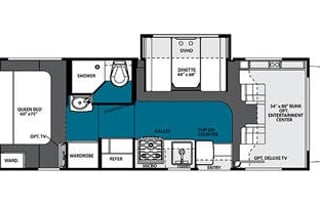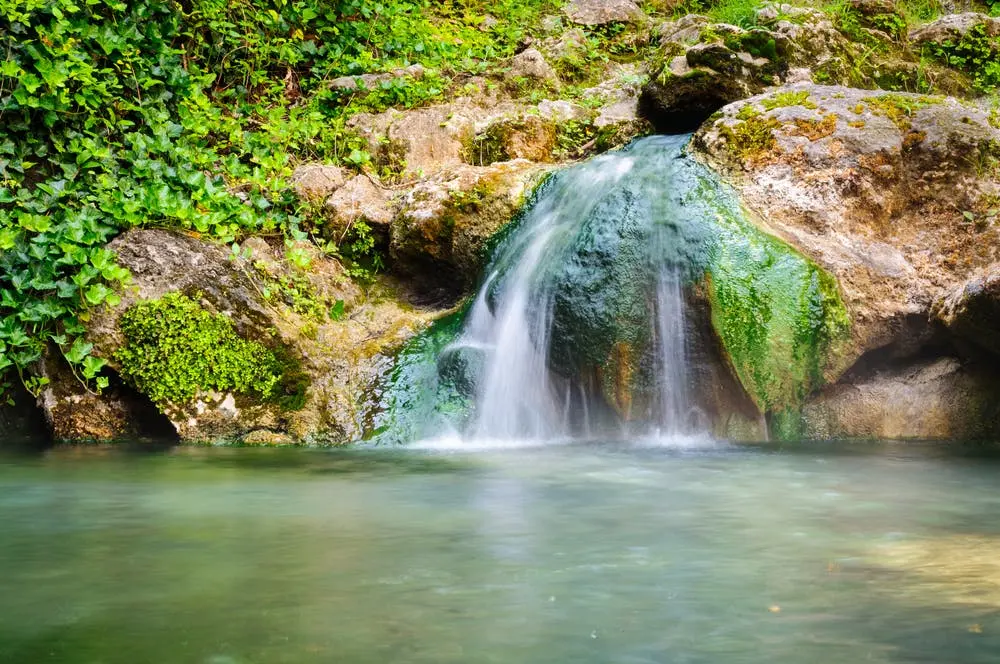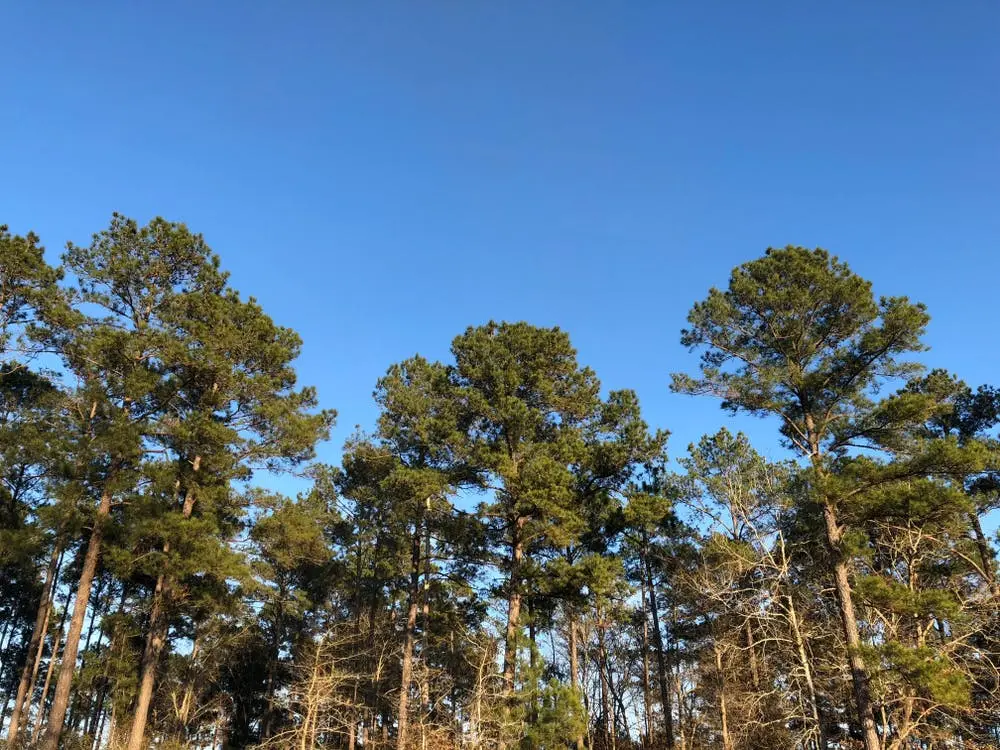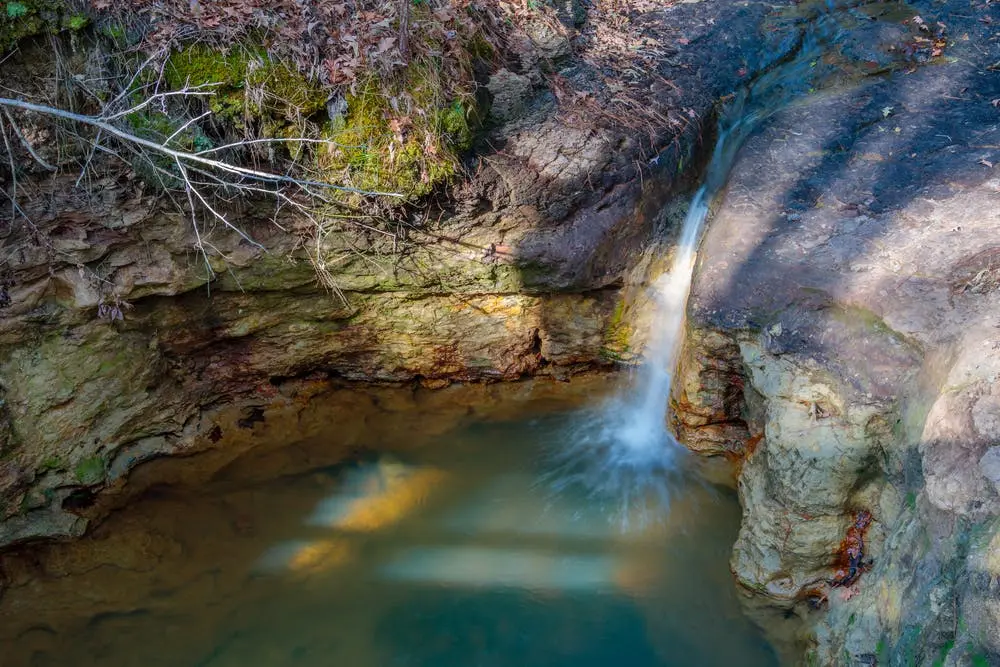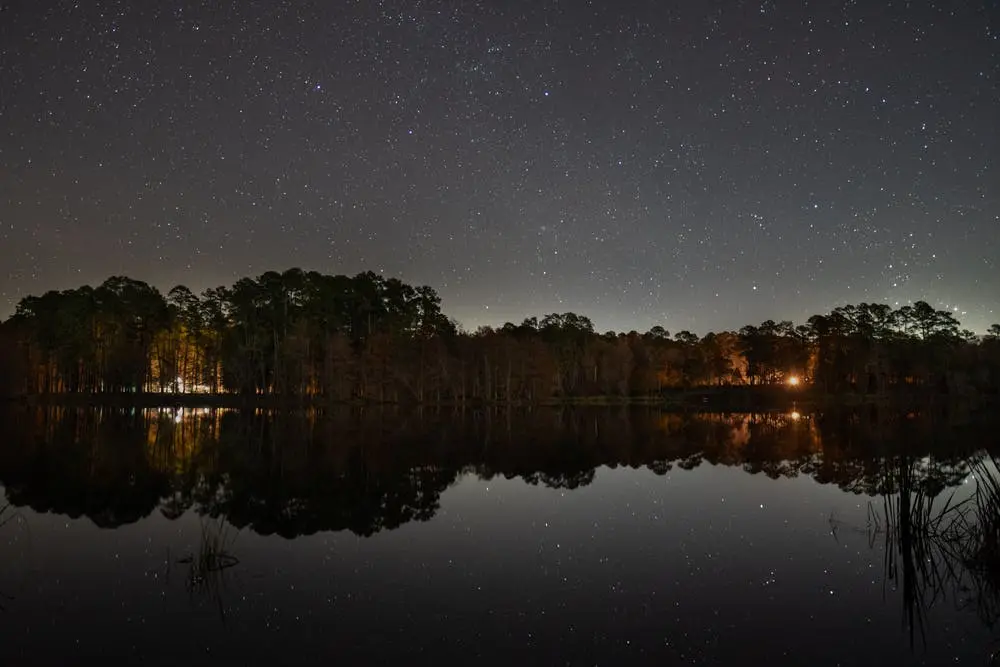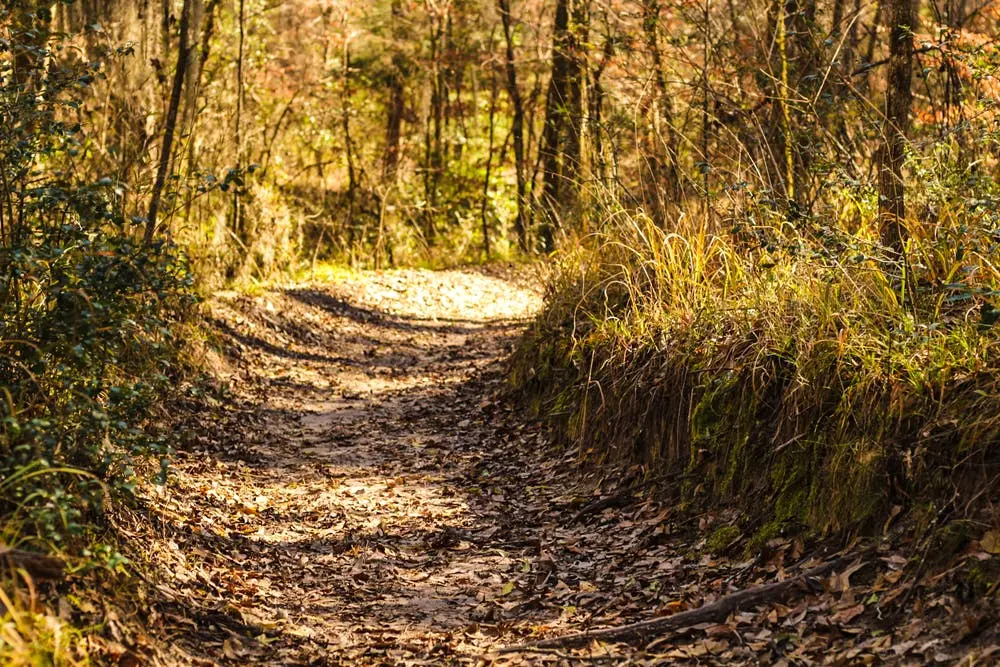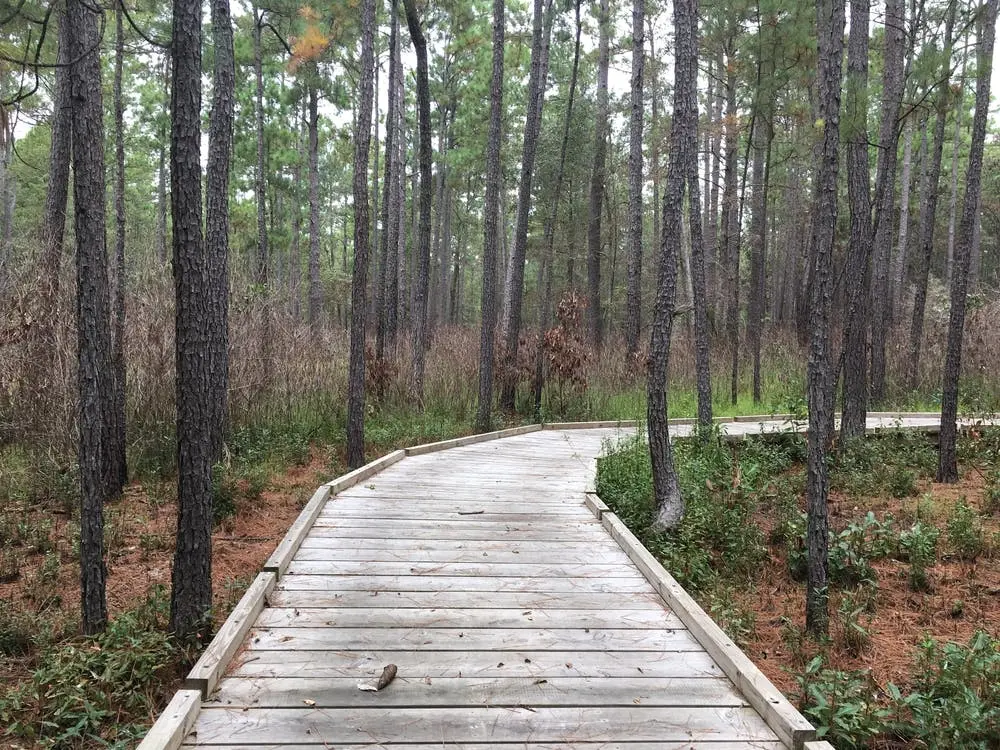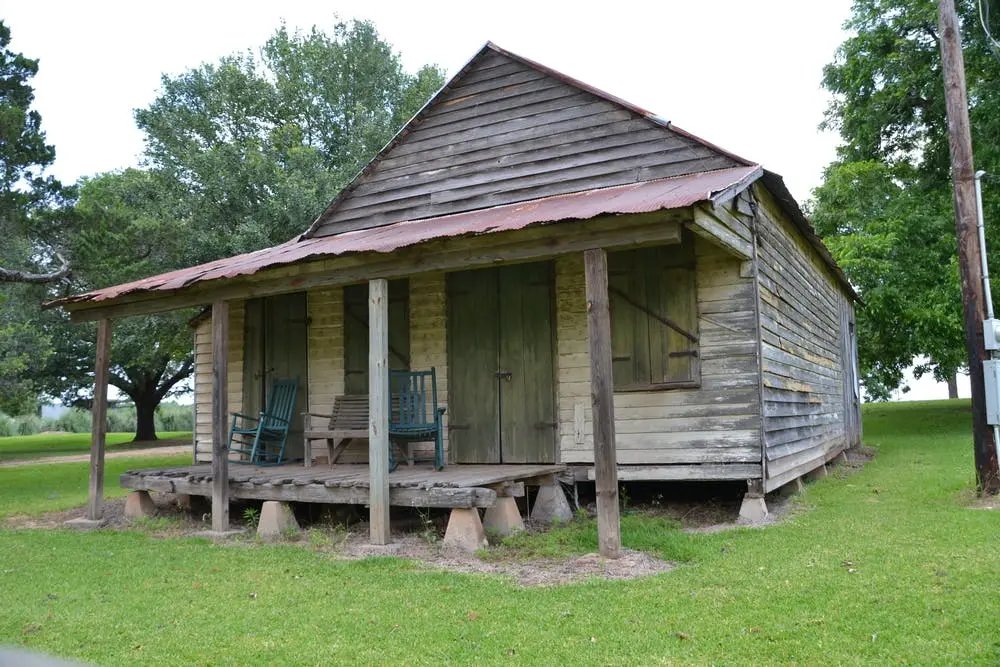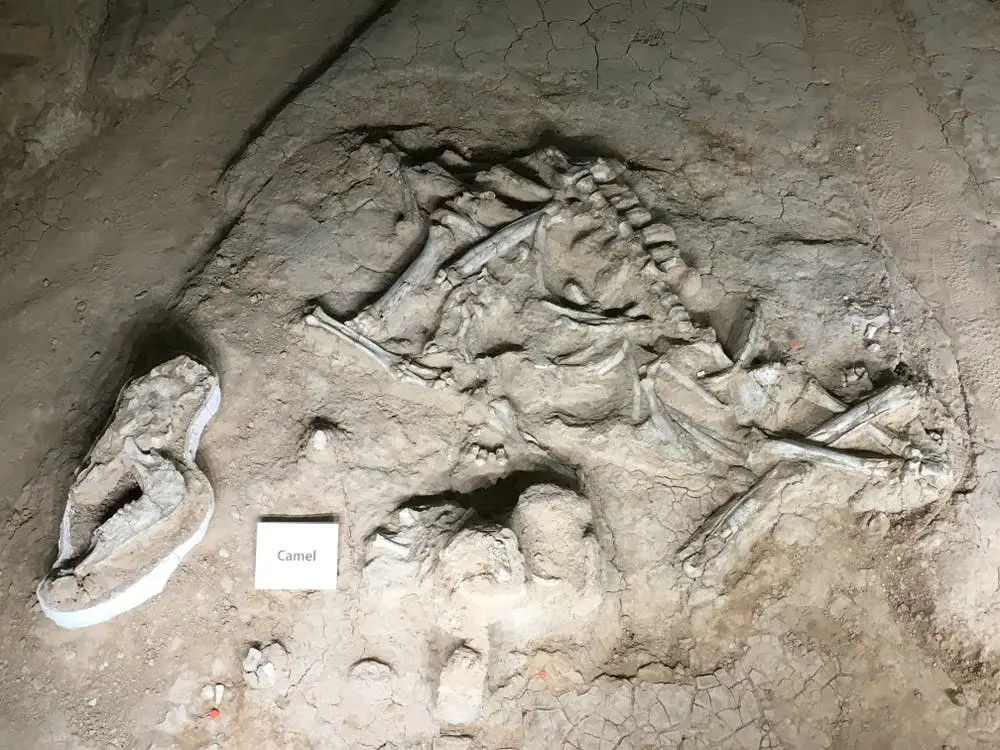


Browse motorhome by RV Class in Lufkin, TX
Browse towable by RV Class in Lufkin, TX
Fifth Wheel
Attaches to a tow vehicle via a gooseneck extension in the truck bedView all Fifth Wheel rentals in Lufkin
Travel Trailer
Trailer options exist for every kind of SUV or pickup tow vehicleView all Travel Trailer rentals in Lufkin
Popup
Can be towed by ordinary passenger vehiclesView all Popup rentals in Lufkin
Toy Hauler
Can be towed by many SUV or pickup tow vehiclesView all Toy Hauler rentals in Lufkin
Popular RV Searches in Lufkin, TX
Cheap
Under $100 per nightView all Cheap rentals in Lufkin
Affordable
$100 - $250 per nightView all Affordable rentals in Lufkin
Luxury
Above $250 per nightView all Luxury rentals in Lufkin
Delivery
Owners that deliverView all Delivery rentals in Lufkin
Pet Friendly
Bring your furry friendView all Pet Friendly rentals in Lufkin
Best National Parks Near Lufkin, TX
Hot Springs National Park is home to several hot springs, which are natural springs that emit water at a temperature above the average for the area. Visitors to the park can enjoy soaking in the hot springs, hiking, and camping in scenic surroundings. The hot springs have been used for centuries by Native Americans and early settlers for their therapeutic properties.
Big Bend National Park covers an area of over 3,242 acres. The park includes the Chisos Mountains, the Rio Grande, and many other natural features. The park is home to many plants and animals that can't be found anywhere else in the world. RVers should also be aware that the park is home to venomous snakes and scorpions, so pay attention to where you walk and place your hands. The Rio Grande flows through the park, providing water for all the creatures that live here. The park's landscape varies, from mountains and canyons to desert plains. There are also hot springs and waterfalls to explore. Visitors can hike, camp, fish, paddle, and much more.
Guadalupe Mountains National Park includes the Guadalupe Mountains, a range of rugged mountains and canyons. The highest peak in the park is Guadalupe Peak, which rises to an elevation of 8,751 feet. The park also includes the El Capitan limestone formation and the McKittrick Canyon. The Guadalupe Mountains were formed by an uplift of the earth's crust about 80 million years ago. This uplift created a series of ridges and peaks now known as the Guadalupe Mountains. The range has a variety of landscapes, including deserts, woodlands, and mountain habitats for RVers to explore. This national park was established in 1972 to protect the unique geology and landscapes of the area. Today, the park is a popular destination for hikers, campers, and nature lovers. For an easy hike, you may want to try Pinery Trail, a 0.9-mile handicap-accessible trail that passes through cactus-studded desert terrain on its way to the ruins of Pinery Station.
National Forests Near Lufkin, TX
RV Rentals Near Lufkin, TX
Frequently Asked Questions About Renting a Class C RV Near Lufkin, TX
How do I properly navigate and park a Class C motorhome rental in urban areas or tight spaces in Lufkin, TX?
When navigating and parking a Class C motorhome rental in urban areas or tight spaces, it's important to take your time and plan your route beforehand. Familiarize yourself with the dimensions of the motorhome and the height and width restrictions of the roads you'll be traveling on. When it comes to parking, look for designated spots or parking garages that can accommodate the size of your RV. Always pay attention to signage and be aware of any towing restrictions in the area.
Do I need to know any weight or height restrictions when driving a Class C motorhome rental in Lufkin, TX?
Yes, it's important to be aware of weight and height restrictions when driving a Class C motorhome rental in Lufkin, TX. Many bridges and overpasses have low clearance levels that may not accommodate the height of your RV. Additionally, be mindful of the weight of your vehicle and ensure that you're not exceeding any weight limits on the roads you're traveling.
How do I properly level and stabilize a Class C RV rental at my campsite or RV park, and what equipment or tools do I need for this?
Discuss your specific campsite with the RV owner to determine if any leveling equipment is necessary. If so, they will walk you through how to set it up safely.
What kind of maintenance or upkeep do I need to perform on a Class C motorhome rental during my rental period?
During your rental period you are not responsible for maintenance. Treat the RV with care and maintain cleanliness during your trip.
Can I bring my bicycles or other outdoor equipment to use with the Class C motorhome rental, and what storage options are available for these items?
Yes, you can bring your bicycles or other outdoor equipment to use with the Class C motorhome rental. Many RVs have storage compartments or racks that can be used to store bikes, kayaks, or other outdoor gear. Check with the RV owner to see what storage options are available and how much weight they can accommodate.
What fuel efficiency considerations do I need to consider when driving a Class C motorhome rental, and how can I minimize the impact on my fuel costs?
Class C motorhome rentals are generally less fuel-efficient than smaller vehicles, so it's important to be mindful of your fuel usage. To minimize fuel costs, try to stick to slower speeds and avoid idling or rapid acceleration. Planning out your route ahead of time can also help you save fuel by avoiding unnecessary detours or backtracking.
Can I bring my entertainment equipment or appliances for the Class C motorhome rental, such as a portable grill or music player?
Yes, you can bring your own entertainment equipment or appliances to use with the Class C motorhome rental. However, be sure to check with the RV owner beforehand to ensure that the RV is equipped with the necessary outlets or connections to use your equipment. Additionally, be aware of any safety hazards, such as using portable grills near the RV, and take appropriate precautions.
Are any particular features or amenities available in Class C motorhome rentals that may not be found in other RVs in Lufkin, TX?
The features and amenities available in Class C motorhome rentals can vary depending on the make and model of the RV. Some common features that may be available in Class C motorhome rentals include kitchenettes, bathrooms with showers, and additional sleeping areas. Check with the RV owner to see what features and amenities are included in their particular rental.
How do I correctly set up and use the kitchen and bathroom facilities in a Class C motorhome rental, and do I need to know any specific maintenance or cleaning considerations?
The RV owner will familiarize you with how to use the facilities. Take note of where the water and electrical hookups are located, and make sure to follow any instructions or guidelines provided by the RV owner. When it comes to cleaning and maintenance, be sure to follow proper procedures for disposing of waste and using cleaning products that won't damage the RV's plumbing or fixtures.
